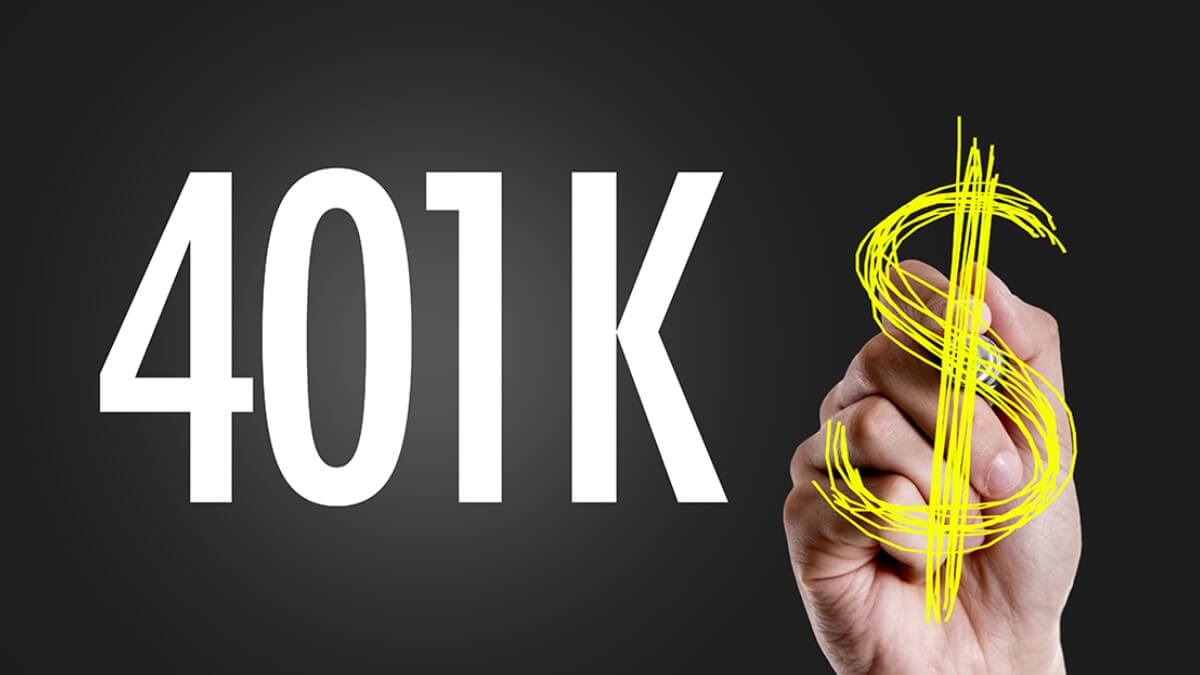
There are limits to how much one can contribute to their 401(k) retirement accounts. The Internal Revenue Service is very specific about the amounts for every employee regardless of how much they’re earning.
The contribution limits are adjusted against inflation and changes to the cost of living every year. For the 2022 tax year, the 401(k) contribution limits are subject to a change, and a change generally refers to an increase. Ever since 401(k) was introduced, the contribution limits have been on a steady rise, except in a couple of years where the limits had to be corrected to simplify and encourage the use of 401(k).
Aside from the contribution limit that refers to the amount an employee can contribute to her or his account, there is also the maximum contribution amount. This amount refers to the total amount of funds that can be contributed during the year by both the employee and the employer. Here is everything you need to know about the 401(k) contribution limits for both the employee standpoint of view and total.
Adjusted 401(k) contribution limits
As mentioned above, the Internal Revenue Service regulates the contribution limits and sets standards for how much you can fund your 401(k) retirement plan. The 2022’s contribution limit is anticipated to increase by $500 as the contribution wasn’t increased for 2021. The 401(k) contribution limits remained the same as $19,500 for 2021, the same as 2020. Considering that no increase was granted to employees for 2021, we anticipate that it will be increased to $20,000 for 2022.
The new contribution limit means employees can contribute a higher portion of their income for funding their 401(k) that also increases the tax benefits. That’s, of course, assuming the employee has a traditional 401(k) rather than a Roth 401(k).
401(k) contribution deduction limits 2022
The 401(k) contributions are deductible only if you’re funding a traditional or other qualifying account. You can only contribute to these types of 401(k) accounts because they are funded with pre-tax dollars, so you won’t pay taxes on them when you contribute, but will when you make withdrawals. Unlike the IRA deduction, there are no income limits that apply to employees. However, if you’re covered by a retirement plan at work-401(k)-your IRA deduction might get smaller depending on your income. See the IRA deduction limits 2022 to figure out whether you get a full, partial, or no deduction at all.
Frequently asked Form 401(k) questions
How much 401(k) should I contribute?
401(k) is a major consideration for those who want to fund their retirement. The benefits of 401(k) are unmistakable especially if you get an employer match. You can contribute up to $20,000 to your 401(k) but how much you should actually contribute comes down to your other investment options and if you have debt. Someone who has a mortgage to pay should prioritize these rather than going all-in with their money to 401(k). There could also be other investment options where you can get a higher return on your money. Always weigh in your options and do what serves you the most.
Is 401(k) contribution pre-tax or after-tax?
401(k) is both pretax and after-tax. It comes down to the type of 401(k) you have. The traditional 401(k) are funded with pretax dollars, making them deductible. On the other hand, Roth 401(k) plans are funded with after-tax dollars – you pay taxes on the amount contributed but don’t when you withdraw your money which is the opposite with traditional 401(k)s.
How often can I change my 401(k) contribution?
How often you can change your 401(k) contribution depends on your employer. While some employers may change your 401(k) contributions as much as you’d like, some may put a limit on it like quarterly or annually. Speak to your employer to ask how often you can change your 401(k) contributions.